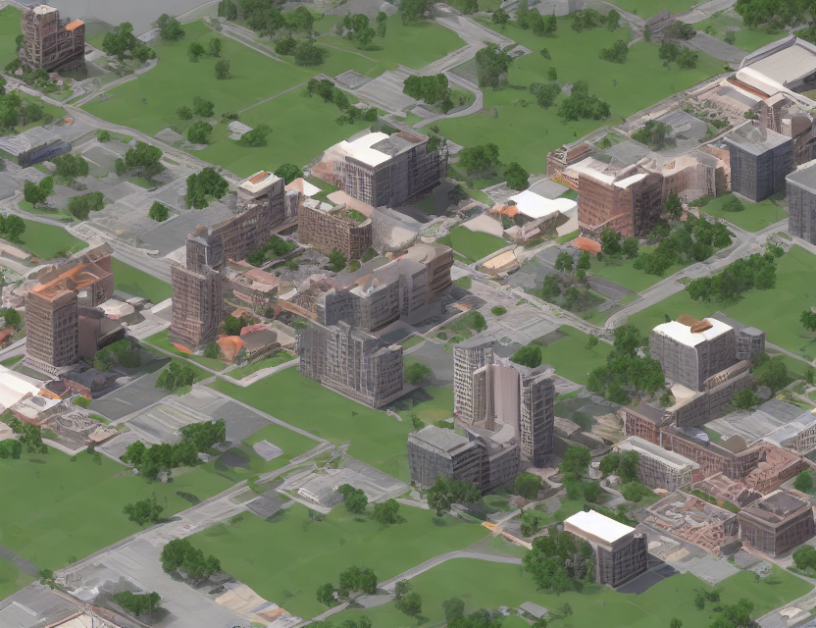Image segmentation is a process of dividing an image into smaller regions or objects, allowing us to analyze and understand the content within. In this article, we explore the use of hierarchical conditional random fields (CRFs) for image segmentation, which provides a more efficient and effective way of capturing complex relationships between pixels and segments in an image.
Hierarchical CRFs are built upon the idea of connecting pixels and segments in a hierarchical manner, allowing us to represent images at multiple scales. This approach enables the model to capture spatial and geometric features in the image more accurately, resulting in improved segmentation performance.
To understand how hierarchical CRFs work, imagine a stack of nested boxes, each representing a different level of detail in the image. The boxes are connected by edges that represent the relationships between pixels and segments at different levels of granularity. By iteratively refining the segmentation at each level, we can arrive at a more accurate and detailed representation of the image.
The article discusses various aspects of hierarchical CRFs, including their implementation, performance evaluation metrics, and the role of pixel-based and segment-based CRFs. The authors also provide insights into managing the model’s complexity by considering additional features such as total effective length of connected segments and angular deviation from ideal connection angles.
In summary, hierarchical CRFs offer a powerful tool for image segmentation, allowing us to capture intricate relationships between pixels and segments with greater accuracy and efficiency. By leveraging the hierarchical structure of the model, we can represent images at multiple scales, leading to improved performance in segmentation tasks.
Segmenting Images with Hierarchical CRFs: A Comprehensive Review



